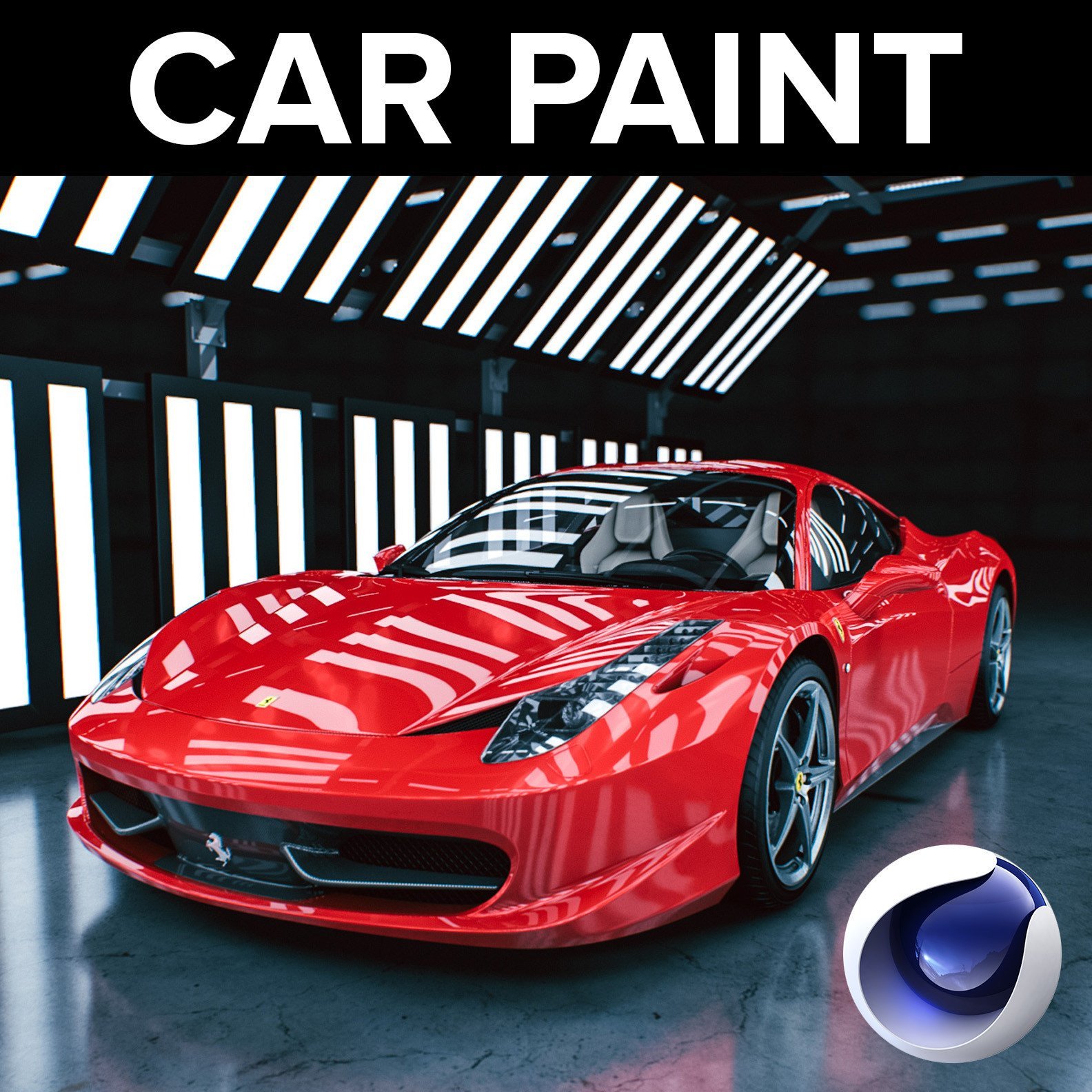

For example in gaming the face, eyes, hands and mouth might require a close up shot and more textural detailing relative to a densely packed UV of arms, legs, torso - generally covered. This becomes important for areas where higher detail may be required. UDIM is often used to allow unwrapped mesh with their respective UV's to be placed at varying scale suitable for texture painting workflows and LOD (Level of detail). The single UV map therefore does not allow you to scale the UV map for any one garment assembly to a different pixel ratio for a single fabric or image map texture. You will also need to increase the hypernurb levels to get good results, and then the render time jumps exponentially, but it looks even cooler.CLO3D uses a single defined UV map that you set relative to your 2D patterns as they are laid out in the drafting window space. I tried to paste it into a bump channel but the detail was too fine and the results were less than desirable. I did this effect for the thumbnail image. This one gets fairly complex with layer stacks and masks, so you might want to get out your notepads and hover over the pause button.Īlso worth mentioning it was too involved for the length of the tutorial, but you can try to copy and paste the blood vessel channel into the displacement channel of the material editor and add sub-poly displacement so the veins bulge off the surface of the sclera. In this intermediate/advanced tutorial I walk you through the steps of building and texturing a floating eyeball in Cinema 4D r14 Studio using nothing but lighting and textures created entirely within C4D with zero plugins. Pixar’s "Monsters University" is coming to theaters this month and everyone has giant eyeballs on their minds.


 0 kommentar(er)
0 kommentar(er)
